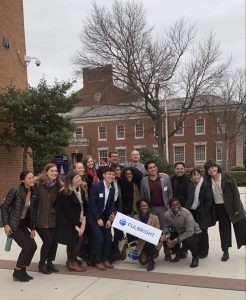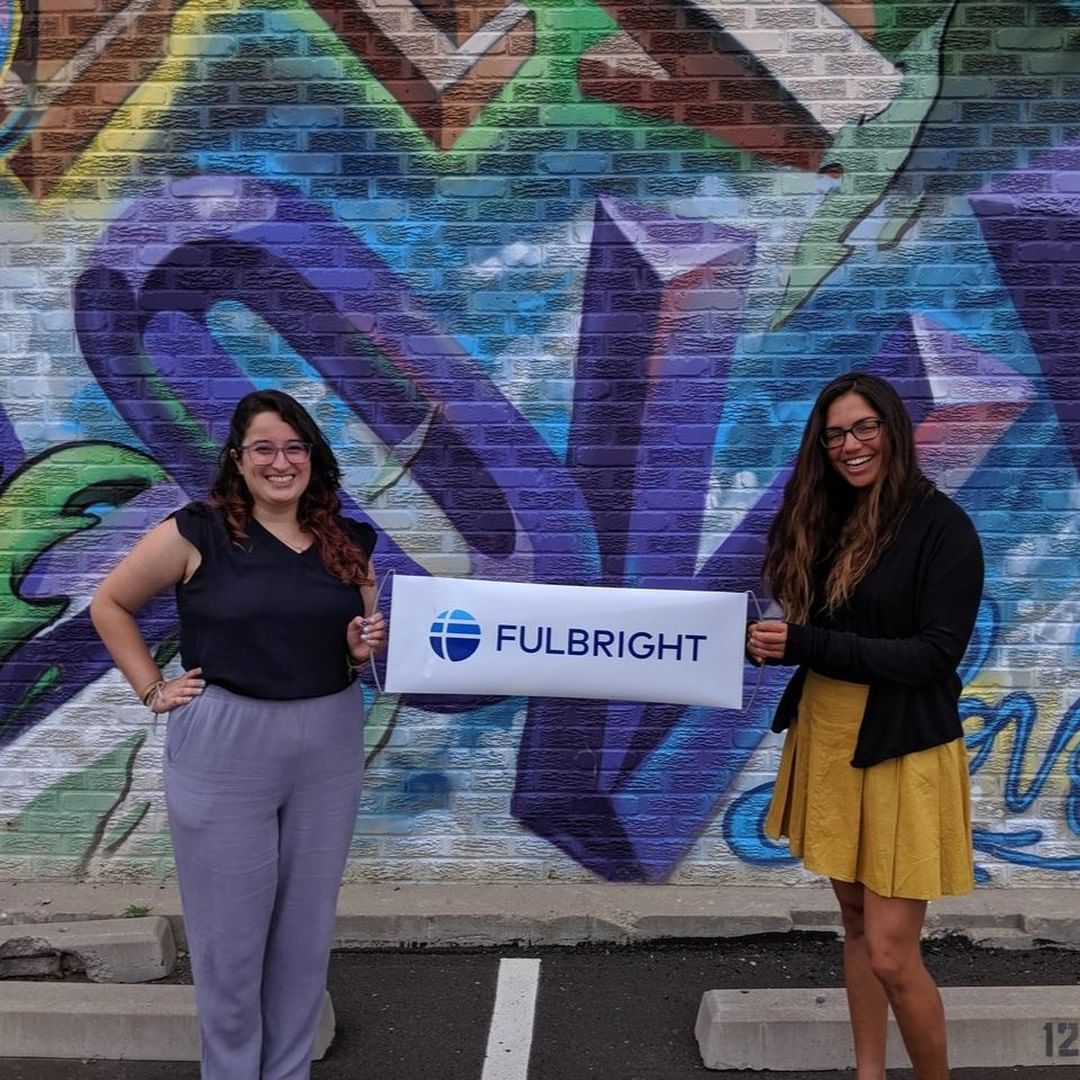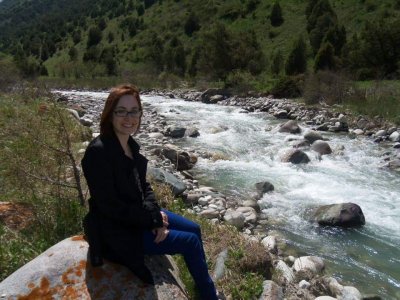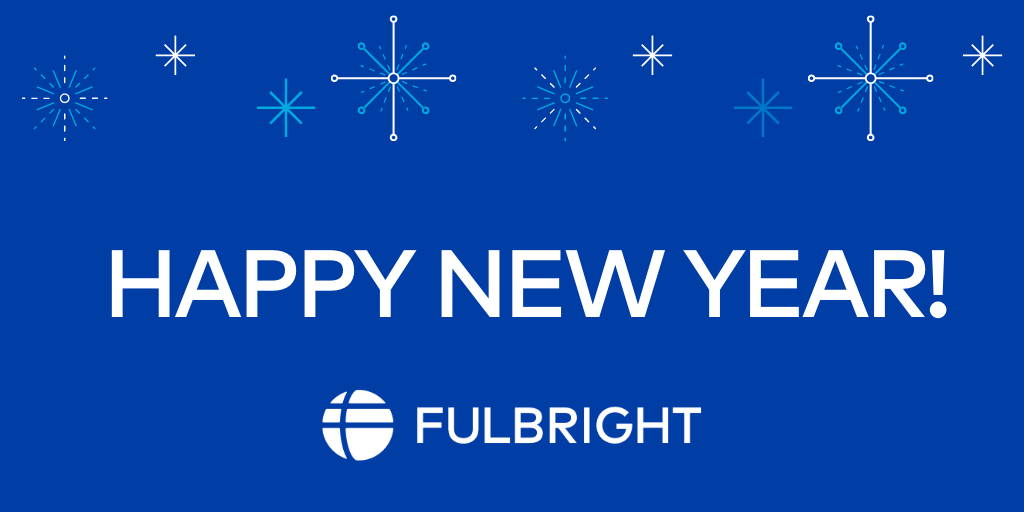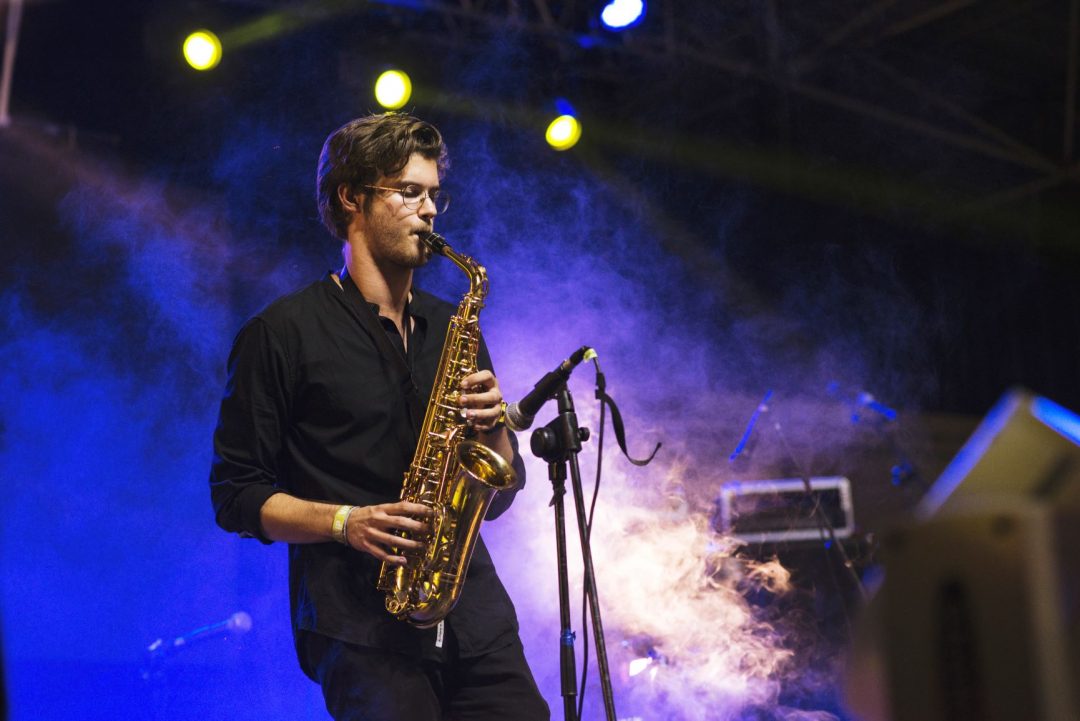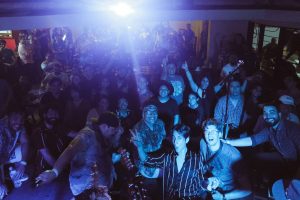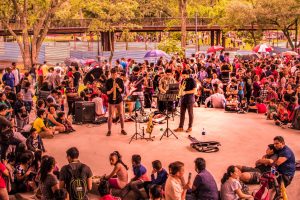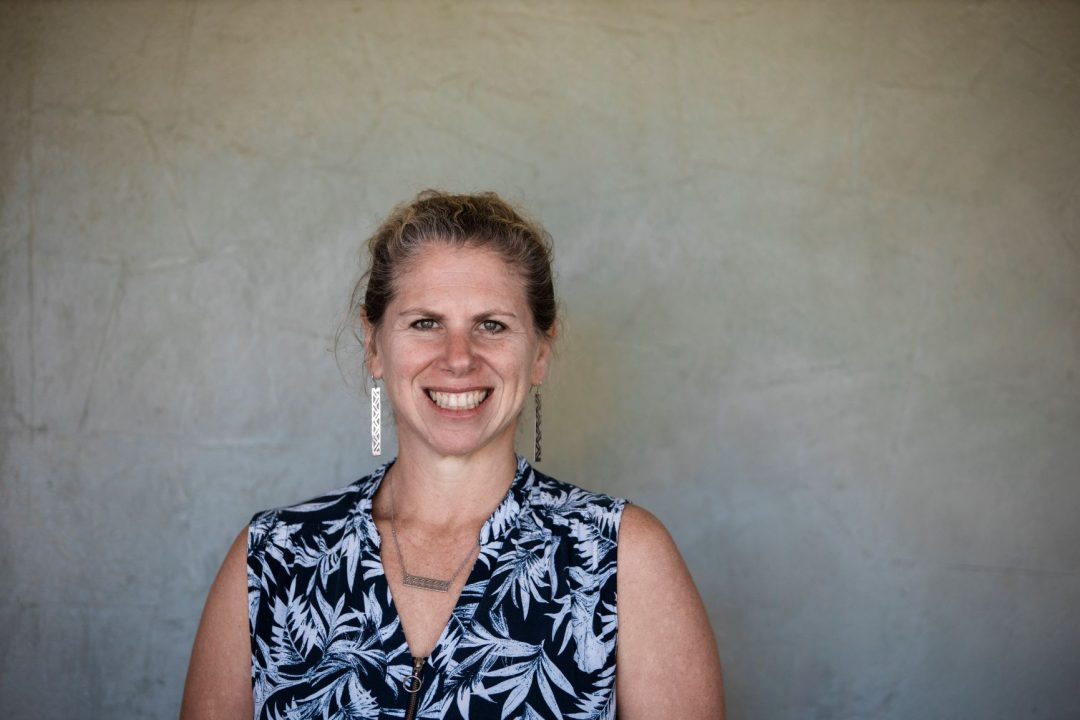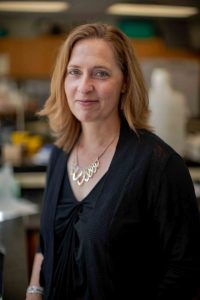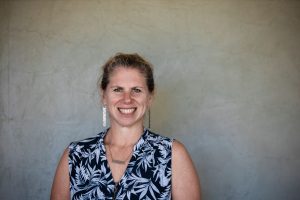Thirty years ago, the United States became the first country in the world to adopt national civil rights legislation banning discrimination against disabled people. Since that time, the Americans with Disabilities Act (ADA) has had a profound impact both at home and abroad.
Last month, we launched our yearlong celebration of the ADA’s 30th anniversary, which will include profiles of Fulbright alumni with disabilities. This dynamic group of Fulbrighters will tell stories from their experiences abroad, offer advice to future applicants, and discuss Fulbright’s impact on their careers.
Today’s story comes from Fulbright alumna Alyssa Meyer, a 2012-2013 U.S. Student Researcher in Energy to the Kyrgyz Republic. Meyer spoke with Fulbright on her path to the program, her research, and navigating home and abroad with a disability.
Q&A with Alyssa Meyer
1. Tell us a little about your path to Fulbright. Who or what inspired you to apply?
The prospect of an opportunity like Fulbright had been on my mind for several years before I applied–largely because I wanted to seek out opportunities to use my language skills in native settings. My first exposure to Fulbright was through Fulbright Foreign Language Teaching Assistants, who had come to the States to teach their native languages (Uzbek and Russian) at Michigan State University. My second encounter with Fulbright came the summer after my sophomore year, when I visited Berlin on my way home from a study abroad program in Turkey; there, while watching a soccer match, I met a Fulbrighter who had lost track of whether the announcer was speaking English or German. All I could think was, “Wow, I wish my language proficiency was that strong!”
The next summer, my resident adviser for a study abroad program in Tajikistan was yet another a Fulbrighter, and I was in awe of her ability to communicate in and navigate her host country. Given that I grew up in rural Northern Michigan, I can’t claim to have grown up with examples such as these, but I knew that I wanted to emulate them.
2. Tell us a little about your Fulbright research topic and project. What did a typical day as a Fulbrighter look like for you?
As a research grantee in energy to the Kyrgyz Republic, my project was focused on energy insecurity, and whether small-scale renewables could help bridge gaps in access to heat, electricity, and gas provision. My initial intent was to conduct a benefit-cost analysis in partnership with locals interested in community-level solutions to the country’s energy crisis.
I don’t think I had a typical day; I lived by a mantra to take in everything I could and talk to everyone I could–because I didn’t know whether ever get the same chances a second time. I spent five hours a week with a Russian tutor and interviewed researchers, policymakers, international organizations, and academics doing similar work. I also shared a two-bedroom apartment with a native Russian speaker from Turkmenistan, who remains one of my closest friends and travel partners to this day.
3. What advice would you give to current Fulbrighters in the field about how to get the most out of their Fulbright experience?
Be open to letting your work and your expectations of what you think you’ll accomplish evolve. For me, this happened in the most unexpected of ways: I became quite ill in the middle of my grant, and during a hospital stay, I began to see my own research from a new perspective. I don’t relay this story to wish that experience on anyone, but rather, to say that living in the very conditions I was researching taught me far more than working within a library ever could have.
Even before I got sick, I was vividly aware that my aforementioned benefit-cost analysis was far more complex than I had initially foreseen it to be. It wasn’t overly difficult for me to gain a picture of how many houses lost power in a given outage, but data as to how those outages impacted quality of life was much more complex to come by. And while I was by no means unaware of this, I was unwittingly smacked in the face with it when I experienced a power outage during a hospital visit. Even after I made a full recovery, I continued to be haunted by questions of what would have happened had I been on the operating table or on a ventilator during an outage. Eventually, this new question–the impacts of energy insecurity on quality of life–became not only the topic of my master’s thesis, but of a second grant application to return to the Kyrgyz Republic two years later.
Two years later, as a Boren fellow, the research became even more complex when I realized that what my household data was showing didn’t match the narrative being reported on the news and in political speeches. My point is: setting goals for what you’ll achieve during your Fulbright is an important piece of showing selection committees that you know what you’ll be doing when you land in your host country–but sometimes, it’s the detours you never anticipated that teach you the most.
4. What advice would you give future Fulbrighters on the application process?
Show a desire to engage with your local community. Fulbright isn’t looking for academics who never leave the ivory tower, they’re seeking applicants truly intent on promoting mutual understanding between their home and host countries. That means a willingness to engage with and challenge local stereotypes about you/your home country whenever possible, and to share those experiences when you return home.
5. What might an American/someone from your home country be surprised to hear about your host country/institution/state/etc.?
People often remark that I’ve become much more assertive after several years in the Kyrgyz Republic, but what they don’t understand is why that happened. Want to get off a bus in the Kyrgyz Republic? You’ll need to physically ask the driver to stop. Want to buy nearly anything? You’ll need to ask a seller to retrieve it for you from behind a counter or the inside of a glass case. Want to order or pay a bill in a restaurant? You’ll need to call to your waiter across a crowded restaurant. Want to receive standard medical care? You’ll need to go to a pharmacy and ask for the medicines and supplies you’ll need to purchase/bring with you, and if you can’t find something, you’ll also need to call the doctor to ask about acceptable substitutes.
My oddest “things I would have previously been terrified to do in my native language” story? Calling my veterinarian on her cell phone in the middle of the night to explain that my cat (also a Fulbright alumnus) had been vomiting and had pooped out a needle I wasn’t aware he’d swallowed. (He’s thankfully fine.)
6. What is your biggest takeaway from your Fulbright?
Few things make a person more self-aware than moving abroad alone. And for me, one of the things I’ve become most aware of by moving abroad is how often I’ve taken the Americans with Disabilities Act for granted in the United States. I have mild cerebral palsy, and–after five corrective surgeries–other than a small limp, it doesn’t drastically impact my quality of life…in the United States. I make this qualification because, while I do have worse-than-average balance going down stairs, I don’t often have to think about it in the U.S.–because of ADA requirements for railings on staircases.
Moving to Central Asia alone meant that I very quickly came to terms with the fact that I might fall going down stairs or a sidewalk in the winter (because ice isn’t cleared as readily as it is in the States). Indeed, my own struggles with uneven paths and railing-less staircases in Central Asia has shown me that I was to everything–from ATMs to pharmacies–being accessible via stairs. The years I spent in Central Asia have also shown me that people with disabilities are largely not visible within society–not because they are unable to participate, but rather, because life is just not structured in a means that is accessible for many of them.
This is a realization I do not take lightly. My life is not without its challenges and instances of outright ableism–including those who still challenge my ability to move abroad independently despite a track record of more than four years of working and researching independently in Central Asia. Nevertheless, had I not been born in the United States, it is not lost on me that I may not have been afforded the very opportunities for self-enrichment that have made me the public servant I am today.
